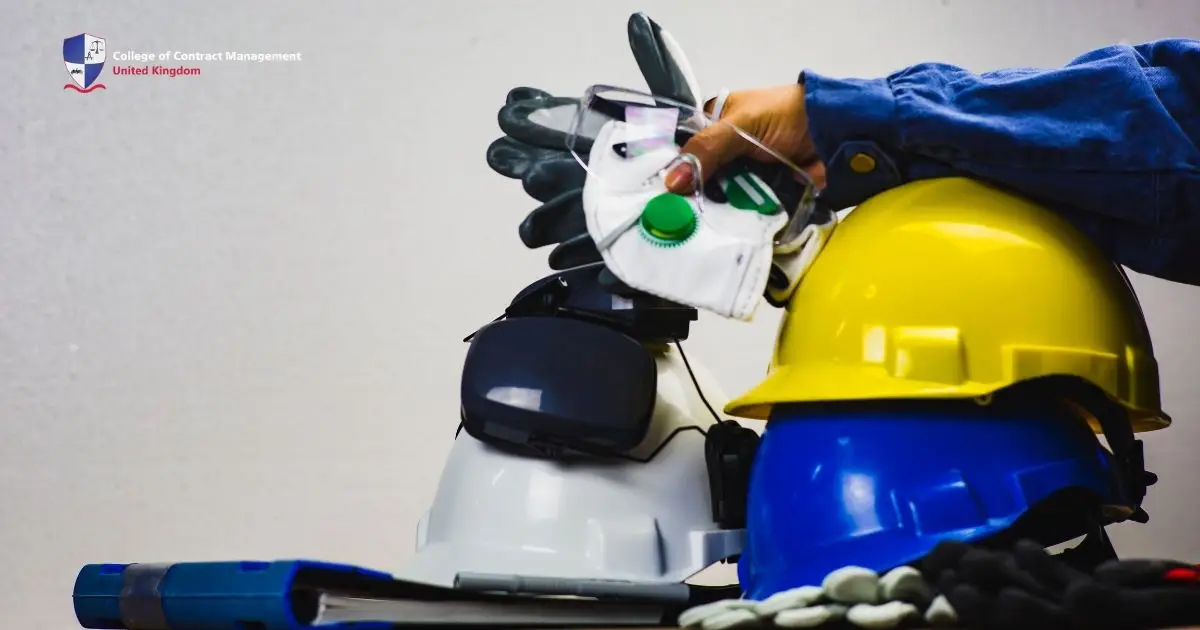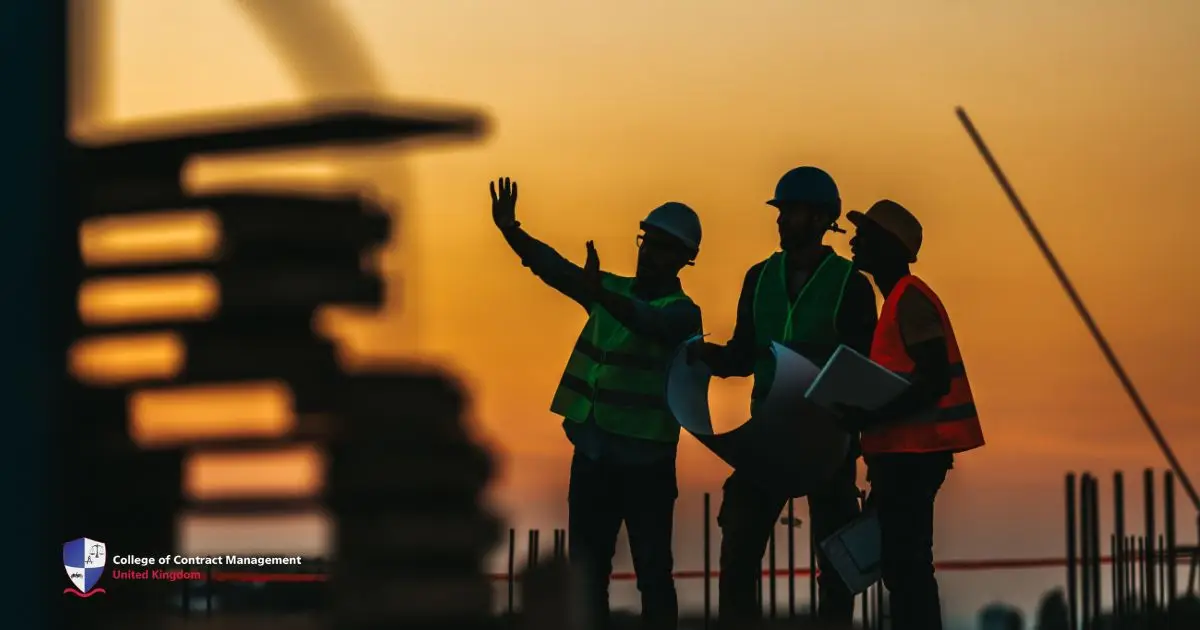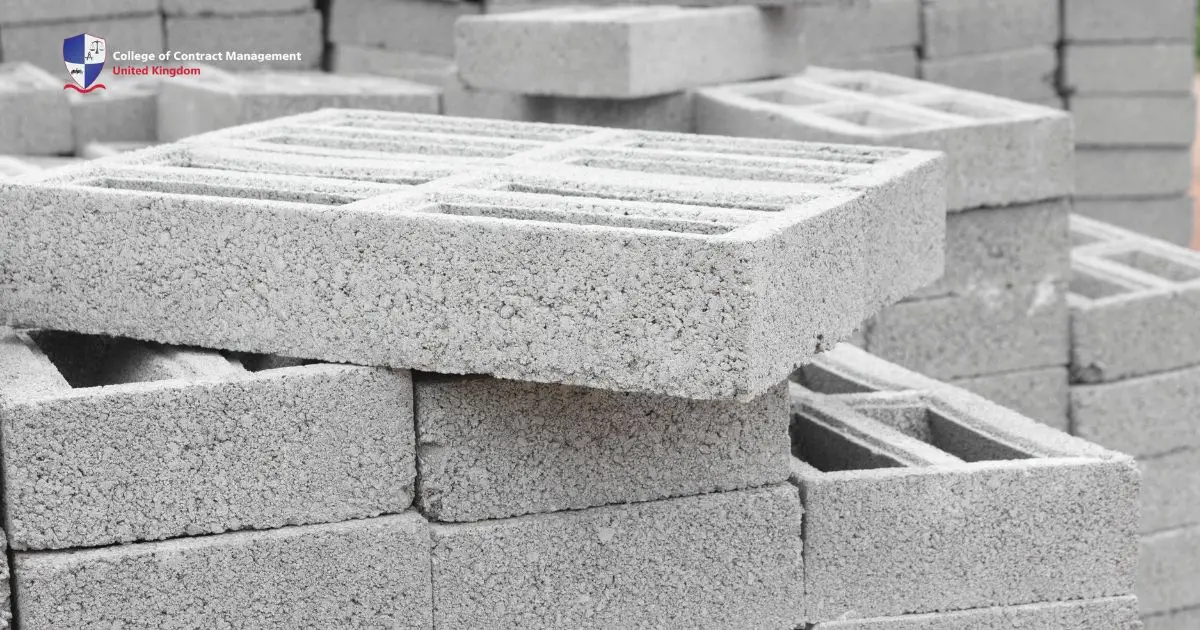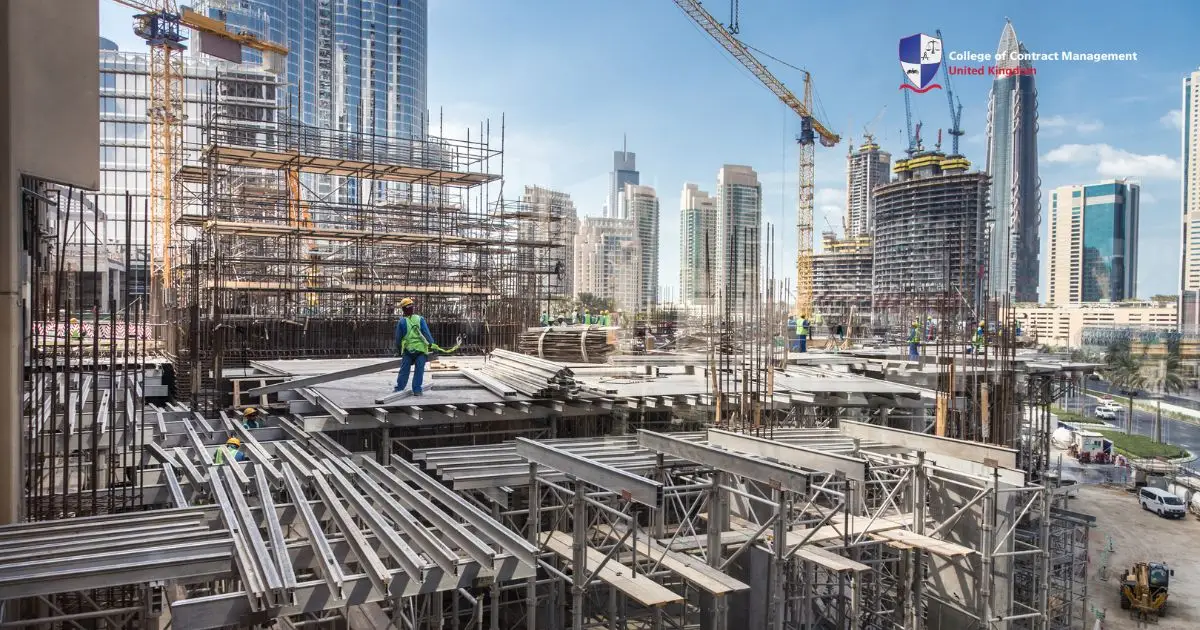The construction site is a busy place with lots of equipment and potential dangers. Dangers like heavy tools, flying materials, and risky conditions could harm the workers. However, keeping the workers safe is a top priority in this kind of workplace. In line with this, PPE regulations provide workers with the proper gear and rules to prevent injuries.
Personal Protective Equipment (PPE) protects workers from dangers in construction. Besides, it helps them reduce incidents and create a secure work environment. In this guide, we'll explore the regulations of PPE. As a result, we'll understand how these rules create a safe environment for construction workers.
What is PPE Regulation
Personal Protective Equipment or PPE Regulations are rules to make sure that workers protect themselves while working. These regulations are made for those working at a risky place, like a construction site. These workers must wear protective gear like safety gloves, helmets, glasses, and clothing.
The goal of PPE rules is to ensure that all safety gear is working properly to protect people. In other words, safety gear must protect workers from dangers like falling objects, chemicals, lights, and noises. In the European Union, this rule sets the standards for safety gear to make sure they meet the specific safety requirements. Above all, it prevents workplace accidents and creates a safe environment.
The Importance of PPE Regulation
PPE Regulations are important to keep workers safe in construction jobs. Wearing PPE protects workers from injuries, accidents, and even health problems. Chemicals and other dangerous objects are the main causes of workplace accidents. In other words, this rule ensures that workers have the right protection for work.
Besides setting rules for workers' safety, PPE creates a consistent safety approach across industries. It makes sure that all parties follow the same rules to keep everyone safe. In addition, PPE rules encourage sustainability in the workplace. The rule not only reduces accidents but also protects companies from legal risks.
Types of PPE at Work
In construction, workers use various types of PPE to keep them safe. These PPE include various items to protect workers from hazards. However, these items are required in the PPE regulations, specifically the Personal Protective Equipment at Work Regulations 1992. In short, this rule keeps people on the construction site safe from danger.
The Health and Safety Executive outlines some important protections for construction workers. These include head, foot, face, and body protection. Head protection prevents injuries from falling objects. Besides, foot protection keeps the worker's foot from heavy tools. Moreover, face protection protects workers from dust and chemicals. In the end, body protection ensures workers are safe from various risks. Here are some types of protective equipment:
Head Protection PPE
Head protection protects the worker's head from impacts like falling objects, the risk of head bumping, and hair entanglement. According to PPE Regulations at Work 1992, there are several types of head protection. First, an industrial safety helmet protects the head from falling objects or dangerous materials. Second, bump caps protect the head from bumping and hair from getting into machinery.
This protection is important in many situations to prevent accidents. For example, construction site workers must protect their heads. These workers deal with dangerous tools like machines, scaffolding, and lifting equipment. Therefore, the working conditions are high risk. By this, all workers must implement the safety practise by protecting their heads while working on the site.
Face Protection PPE
According to PPE regulations, face protection refers to the type of safety gear worn on the face. This protection keeps workers safe from danger that harms the facial area, like the eyes, nose, and mouth. The dangers might include flying materials, chemical splashes, heat, lights, and dust. However, these hazards can cause problems like burns and radiation if the workers are not wearing face protection.
There are different types of protective gear for the face. Some of these items attach to helmets, while others only cover parts of the face. For example, safety glasses protect the eyes from hazards. The face shield protects the entire face from liquids. Meanwhile, a welding mask covers the face while working with the metal.
Body Protection PPE
The construction site can be dangerous because the workers have to deal with different dangers. Therefore, it is stated in PPE regulations that all clothing for the construction worker must protect them from on-site hazards. These include body and hand protection to prevent harm while working on the site. In addition, it enhances comfort and productivity for the workers.
Workers must wear clothes like high-visibility vests, protective coveralls, and reinforced jackets while working on the site. These clothing items protect workers from harm and danger. Flame-resistant clothes are also important in places where a fire might happen. Workers can wear safety gloves from Kevlar to protect their hands. By following PPE regulations, workers can protect their bodies and work safely.
Feet Protection PPE
Construction workers often deal with dangers like sharp objects, heavy equipment, and falling materials. These dangers lead to problems like punctures, crush injuries, and slips. To minimise the risks, wearing proper footwear is important to protect workers. As a result, PPE regulations set the rules for foot protection in the workplace.
There are different types of protective shoes for different jobs. For example, safety boots like Steel-toe boots have protective toecaps and slip-resistant soles. The boots protect workers' toes from falling objects or getting slipped. For a lighter option, Wellington boots are great for working in wet areas. Above all, it is important to choose the right shoes that fit the construction worker's needs.
Responsibilities Under PPE Regulations
PPE regulations ensure the worker's health, safety, and well-being when working in a high-risk place. These regulations set clear responsibilities for the company and the worker to have proper protection. Companies need to provide the PPE gear and make sure they're maintained well. In addition, the company need to train workers about wearing PPE in the workplace.
Alongside the company, workers have the same responsibilities regarding the PPE. In this case, workers must wear PPE properly and take care of them. Besides, workers must follow safety guidelines and report any issue with the protective gear. Companies and workers can work together to keep the workplace safe by following these rules.
- For The Company: The company are required by law to provide PPE regulations to the workers to keep them safe. First, employers need to assess risks in the workplace to determine what PPE is necessary to protect workers. Besides, they must maintain and replace the damaged PPE to ensure it remains in good condition. But the most important thing is to ensure they provide all the equipment free of charge.
- For Workers: The workers must use the PPE provided by their company properly to reduce accidents. This regulation is important because the law requires workers to protect themselves while working in a dangerous site. Before using the gear, workers need to check on the condition to make sure they're proper to use. After using the gear, put them in the safe storage areas. In other words, workers are responsible for maintaining PPE as well.
Conclusion
PPE regulations are important to protect construction workers from danger. The purpose of the rule is to ensure that workers wear the right protective gear. For example, helmets, glasses, coveralls, and boots. These safety items protect workers from falling objects, chemicals, and other hazards. In other words, PPE reduces workplace accidents and creates a secure work environment.
If you are interested in learning about safety on the construction site, the College of Contract Management provides a range of courses in this field. Just like how safety regulations keep workers safe, it ensures that students have an effective learning environment. With courses in Engineering and Construction, the college focuses on helping students reach their goals. Ready to take the next step? Explore our courses and start building a successful future!





